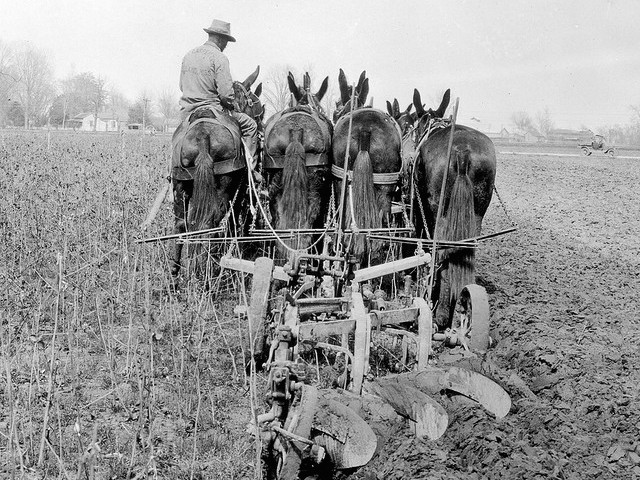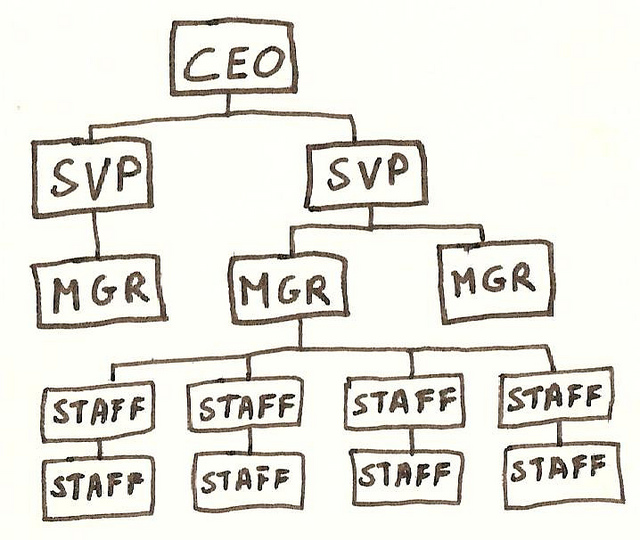
There are times in our various leadership roles that we will have times of great productivity, effectiveness and performance. These times are wonderful and full of promise and excitement. But there are other times when it seems like instead of the Midas touch turning everything to gold, our leadership or our team keeps missing the mark. So what do you do when the group, team or organization that you are leading is unproductive, ineffective and non-performing? In this post I would like to propose ten basic principles / leadership behaviors that will help you in these dry / difficult times and help you and your team discover your full potential.
Examine motivations – Like the old Sprite commercial that asked the question “what’s my motivation”, we too must examine our own motives and those of our team. If motives are selfish or self-serving the team will inevitably fall short of its potential. Motives need to be focused on fulfilling the mission of the organization and seeking to benefit others.
Discover obstacles – Obstacles come in many shapes and forms. Some are obvious some are not. A leader that can help a team to perform needs to be able to identify bad attitudes, cumbersome systems, unnecessary bureaucracy and so much more. Running a race is a lot more fun when you don’t have to hurdle something every few feet.
Inspect tools – Tools are a vital part of performing and producing. When tools are not maintained, not up-to-date, not accessible or not appropriate to the task the work of the team will be slowed down or thwarted. Make sure your tools are sharp, clean, organized and available.
Click here to read the rest of the article »
Caring is sharing. Will you please share this with your network?













